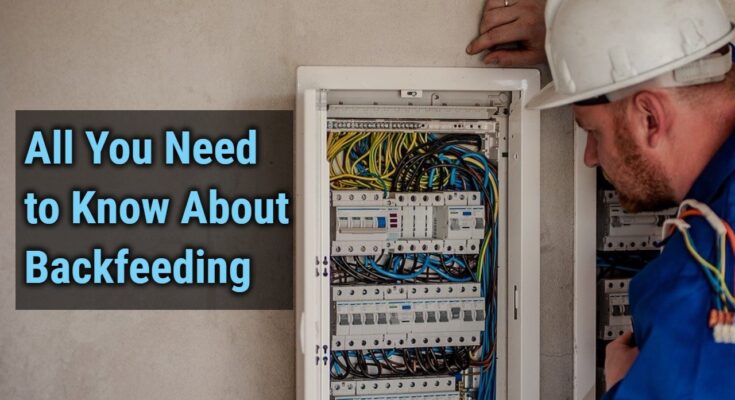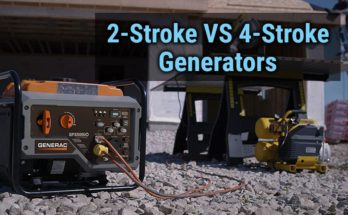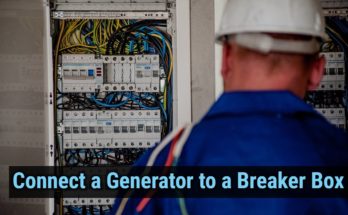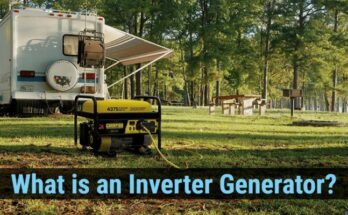If you live in a place where frequent power outages are a common thing, then you know that there will be a portable or a permanent power generator in almost every house. Even though some of them may have the generator for years now, but are unaware of the different types of issues it creates.
If you are not new to the generators, you may have heard the term “Back feeding,” If not, then let me tell you what it is. But before that, keep in mind that if the installation and operation of the generators are not proper, then in the future, it may create many serious problems. And can turn out to be dangerous for your loved ones and you.
What is Back Feeding?
The term back-feeding explains itself. What back-feeding means is the flow of power from the electrical circuits of your house to the utility lines.
The electricity to all houses is supplied through the electrical lines. And overtime, for one or another reason, you may experience a power outage, and if this power outage is frequent, then most people will have a generator ready-to-supply the house as soon as the power goes out.
Generally, most people will have a permanent home backup generator, which stays connected to the various electrical circuits of the house.
The national code suggests that if you want to power your house with a generator, you must do it through a transfer switch. When there is no transfer switch, a generator supplies the power to the household appliances and as well as the grid because the grid is not isolated from the house.
This kind of operation is not illegal but far more dangerous to the life of a crew who are working on the utility lines assuming that they are un-energized. This flow of electricity from the generator to the electrical lines is known as a ”Back-feeding.” In back-feeding, the generator supplies the power to the circuit, and through the circuit, the power goes to the lines, and it is the opposite of the task for which the line and circuits are designed.
Dangers of Back-Feeding
The deadly danger of back-feeding is that you may electrocute the local electricians working on the electrical lines when the power is fed back to the electrical lines. Also, there are high chances that power from your generator will be available to the neighbors, but they don’t know that, which can result in a fatal accident.
Now suppose, the electrical grid is not disconnected, and power comes back when the generator is still working. It will put a lot of stress on the household appliances, resulting in heat generation, which will eventually lead to a fire. Your generator can also get damaged if you don’t use the transfer switch.
Safety Consideration
To ensure the safety of your equipment, your generator, and your family members, the best thing you can do is install a transfer switch and power your house through it only.
Small to medium-sized portable generators are not designed to use as a full backup generator for the house. You can use them to power your tools or bring them along on the camping trip to power the electronics. But if you want to power the appliances of the house from these portable generators, then do it by connecting the appliance directly to the control panel outlets.
Most of the people in the US have a permanent generator as a home backup generator. They are bulkier and can’t be moved around. To connect these generators to the house, you must install a transfer switch. It will disconnect the utility supply when the generator is on and turn off the generator as soon as the electricity comes back.
There are two types of transfer switches available in the market; the automatic transfer switch and manual transfer switch. An automatic transfer switch is most suited with the permanent generator, while the manual transfer switch is suited for portable generators.
Final Thoughts
Now you know that the generator should be used to power your electronics only through a transfer switch. If you don’t want to mount the transfer switch but still want to power the appliances, then you can power them directly from the generator itself. However, you cannot power hard-wired appliances such as furnaces and ACs without a transfer switch.
No matter the condition, direct connection of the generator to the electrical circuit of the house should not be done because it will result in a back-feeding, which can turn out to be even deadly sometimes.




